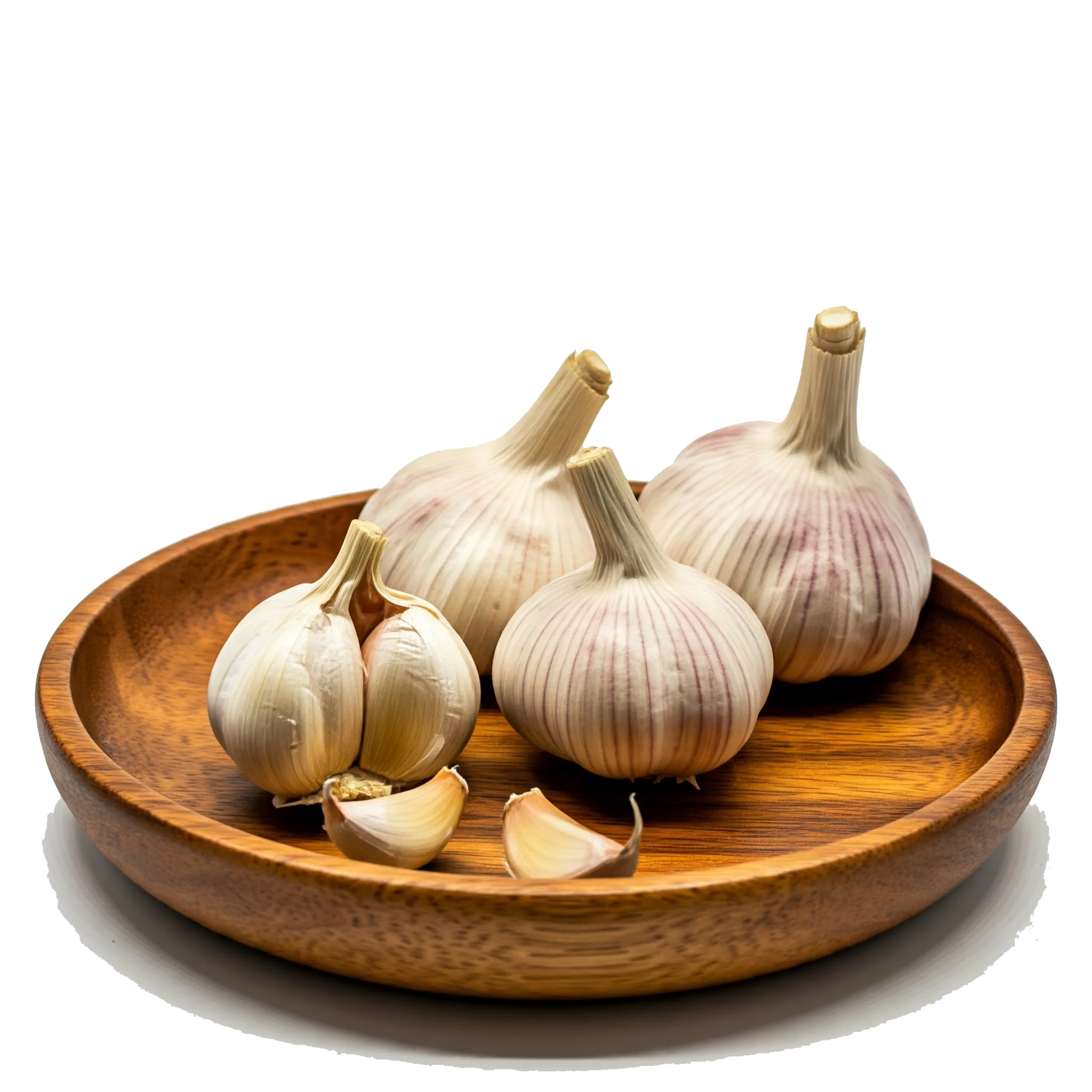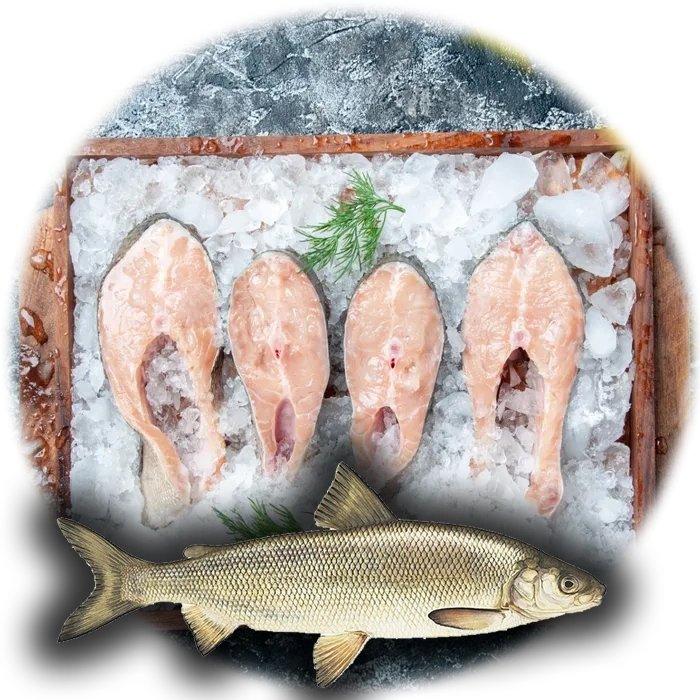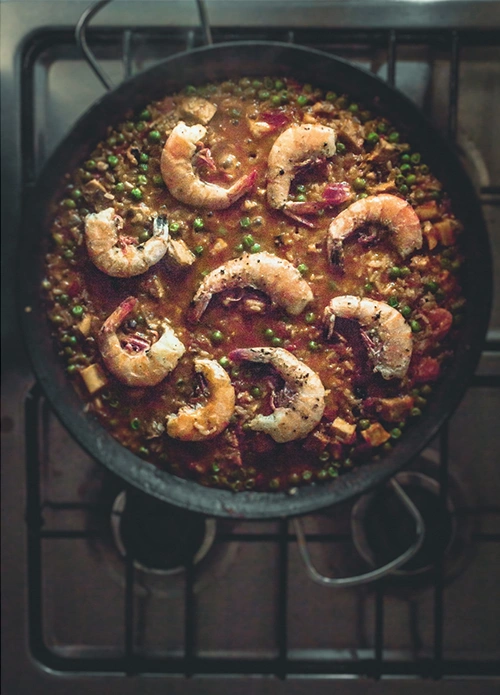

Top Health Benefits of Seafood Paella You Need to Know
Seafood Paella is a nutrient-rich dish that combines lean proteins, complex carbohydrates, and a variety of essential vitamins and minerals, making it a wholesome and satisfying meal. The primary source of protein comes from shrimp and other seafood, which are low in saturated fat and high in omega-3 fatty acids that support heart and brain health. The dish also contains vegetables like bell peppers, peas, and tomatoes, which add fiber, antioxidants, and important micronutrients such as vitamin C, vitamin A, and potassium. The use of olive oil, a staple of the Mediterranean diet, provides healthy monounsaturated fats that help reduce inflammation and improve cholesterol levels. When prepared with moderate amounts of rice and generous amounts of seafood and vegetables, Seafood Paella becomes a balanced meal that nourishes the body while satisfying the palate.
 Arborio rice : 2 Cup
Arborio rice : 2 Cup Broth : 5 Cup
Broth : 5 Cup Infused /
Saffron : 1 Tablespoon
Infused /
Saffron : 1 Tablespoon Olive Oil : 4 Tablespoon
Olive Oil : 4 Tablespoon Onion : 1 Piece
Onion : 1 Piece Garlic : 3 clove
Garlic : 3 clove Bell Pepper : 1 Piece
Bell Pepper : 1 Piece Broccoli : 1/2 Cup
Broccoli : 1/2 Cup Tomato : 1 Piece
Tomato : 1 Piece Salt : as needed
Salt : as needed black pepper : to taste
black pepper : to taste Paprika : 1 Teaspoon
Paprika : 1 Teaspoon Shrimp : 12 Piece
Shrimp : 12 Piece Whitefish Fillet : 200 g
Whitefish Fillet : 200 gRecipe :
Serves 4 People
¡Buen provecho! Taste the spirit of the Mediterranean in every bite.
To achieve an authentic and flavorful Seafood Paella, several key preparation techniques must be carefully followed. First, use a wide, shallow paella pan to ensure even heat distribution and proper evaporation of liquid, which helps form the coveted socarrat — the crispy, caramelized bottom layer of rice. The broth should be rich and well-seasoned, as it infuses the rice with depth of flavor. It's crucial not to stir the rice once the liquid has been added, as this helps preserve the traditional texture of the dish. Allowing the paella to rest for a few minutes off the heat before serving helps all flavors settle and enhances overall taste. Timing is also critical — seafood should be added toward the end of cooking to prevent overcooking and maintain tenderness. Fresh, high-quality ingredients are essential, particularly the seafood and saffron, which are the stars of the dish. Finally, balancing the ratio of rice to liquid is vital for achieving the right consistency — too much liquid can make it mushy, too little will leave it undercooked.

Seafood Paella aligns well with several dietary patterns, particularly the Mediterranean diet due to its emphasis on seafood, vegetables, olive oil, and whole ingredients. It is also a suitable option for high-protein diets, as it provides a significant amount of lean protein from shrimp and other seafood. It can be made gluten-free if certified gluten-free broth and rice are used. For those following the DASH diet, it offers heart-healthy fats and low sodium if salt is added sparingly. However, it is not suitable for ketogenic diets due to its high carbohydrate content from rice. Similarly, it does not align with vegan or vegetarian diets unless the seafood is replaced with plant-based proteins and vegetables. Individuals on low-calorie diets should be cautious with portion size and the amount of oil used, and those on paleo diets would need to substitute the rice with cauliflower rice or other grain alternatives. Overall, the dish is flexible but may require modification depending on specific dietary needs.
Benjamin (May 20, 2025, 11:57 p.m.) : This Seafood Paella was a real showstopper! The shrimp were perfectly tender, and the saffron-infused rice had such rich, layered flavor. I especially loved the crispy **socarrat** at the bottom—it added a wonderful texture contrast.